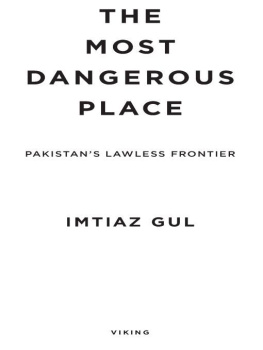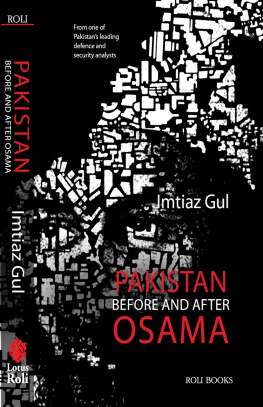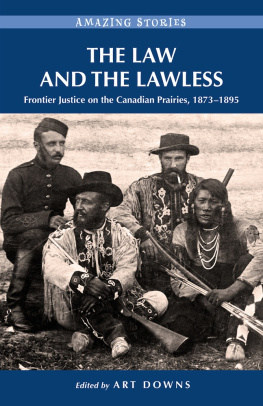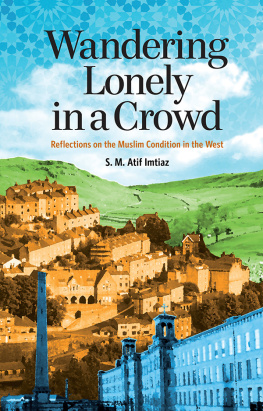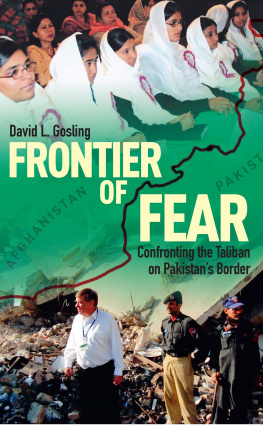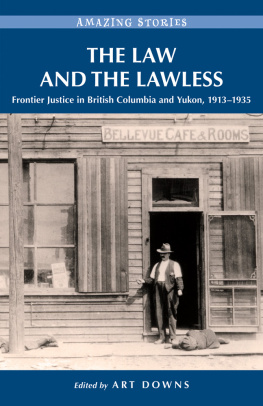Table of Contents
ALSO BY THE AUTHOR
The Unholy Nexus: Pak-Afghan Relations Under the Taliban
VIKING
Published by the Penguin Group
Penguin Group (USA) Inc., 375 Hudson Street, New York, New York 10014, U.S.A.
Penguin Group (Canada), 90 Eglinton Avenue East, Suite 700, Toronto, Ontario, Canada M4P 2Y3
(a division of Pearson Penguin Canada Inc.)
Penguin Books Ltd, 80 Strand, London WC2R 0RL, England
Penguin Ireland, 25 St. Stephens Green, Dublin 2, Ireland
(a division of Penguin Books Ltd)
Penguin Books Australia Ltd, 250 Camberwell Road, Camberwell, Victoria 3124, Australia
(a division of Pearson Australia Group Pty Ltd)
Penguin Books India Pvt Ltd, 11 Community Centre, Panchsheel Park, New Delhi - 110 017, India
Penguin Group (NZ), 67 Apollo Drive, Rosedale, North Shore 0632, New Zealand
(a division of Pearson New Zealand Ltd)
Penguin Books (South Africa) (Pty) Ltd, 24 Sturdee Avenue, Rosebank,
Johannesburg 2196, South Africa
Penguin Books Ltd, Registered Offices: 80 Strand, London WC2R 0RL, England
Published in 2010 by Viking Penguin, a member of Penguin Group (USA) Inc.
Copyright Imtiaz Gul, 2009, 2010
All rights reserved
Published in India as The Al Qaeda Connection by Penguin Books India
LIBRARY OF CONGRESS CATALOGING IN PUBLICATION DATA
Gul, Imtiaz.
[Al Qaeda connection]
The most dangerous place : Pakistans lawless frontier / Imtiaz Gul.
eISBN : 978-1-101-43476-5
p. cm.
Originally published under title: The al Qaeda connection. New Delhi : Penguin Books India, 2009.
Includes bibliographical references and index.
1. Qaida (Organization) 2. Taliban. 3. TerrorismPakistanFederally Administered
Tribal Areas. 4. TerrorismReligious aspectsIslam. I. Title.
HV6433.P18G85 2010
954.91053dc22 2010001898
Maps by Jeffrey L. Ward
Without limiting the rights under copyright reserved above, no part of this publication may be reproduced, stored in or introduced into a retrieval system, or transmitted, in any form or by any means (electronic, mechanical, photocopying, recording or otherwise), without the prior written permission of both the copyright owner and the above publisher of this book.
The scanning, uploading, and distribution of this book via the Internet or via any other means without the permission of the publisher is illegal and punishable by law. Please purchase only authorized electronic editions and do not participate in or encourage electronic piracy of copyrightable materials. Your support of the authors rights is appreciated.
While the author has made every effort to provide accurate telephone numbers and Internet addresses at the time of publication, neither the publisher nor the author assumes any responsibility for errors, or for changes that occur after publication. Further, publisher does not have any control over and does not assume any responsibility for author or third-party Web sites or their content.
http://us.penguingroup.com
To my parents
and Sameena, my extremely caring better half,
and my sons, Faraz and Saad
Preface
In the nearly eight years since 9/11, Al Qaeda and its extremist allies have moved across the border to the remote areas of the Pakistani frontier. This almost certainly includes Al Qaedas leadership: Osama bin Laden and Ayman al-Zawahiri. They have used this mountainous terrain as a safe haven to hide, train terrorists, communicate with followers, plot attacks, and send fighters to support the insurgency in Afghanistan. For the American people, this border region has become the most dangerous place in the world.
This conclusion, drawn by President Obama in a speech he gave on March 27, 2009, sums up Pakistans journey in the past few decadesfrom a launching pad for the U.S.-led anti-Soviet jihad in the early 1980s to a safe haven and sanctuary for international terrorists aligned under the Al Qaeda flagship.
While announcing his new strategy for Afghanistan and Pakistannow called Af-Pak, an indication of the administrations new focus on PakistanObama said the forces holed up in the tribal areas were not simply an American problemfar from it.... It is, instead, an international security challenge of the highest order. Terrorist attacks in London and Bali were tied to Al Qaeda and its allies in Pakistan, as were attacks in North Africa and the Middle East, in Islamabad and Kabul. If there is a major attack on an Asian, European, or African city, it, too, is likely to have ties to Al Qaedas leadership in Pakistan. The safety of people around the world is at stake.
This pronouncement underscores a bitter reality for Pakistan: from Afghanistan the war theater has now shifted closer to home, with Robert Gates, the secretary of defense, and Richard Holbrooke, the special representative for Pakistan and Afghanistan, threatening a hot pursuit of Al Qaeda wherever found.
Within two weeks of Obamas policy announcement, Pakistan experienced a dramatic surge in violence. From Waziristan to Peshawar to Lahore to Islamabad, dozens of people perished in suicide attacks or drone strikes. The primary targets of the suicide bombers were police or paramilitary forces, while the drone-fired Hellfire missiles targeted Al Qaeda operatives hiding in various pockets of the Federally Administered Tribal Areas, known as FATA, in the austere and remote borderland between Afghanistan and Pakistan.
The battle between U.S.-led coalition forces and the radical militants inspired by Al Qaeda seems to have put Pakistan on fire. Statistics on the spiral of violence are mind-boggling. In 2009, militants staged almost ninety suicide attacks and carried out another five hundred bombings and ambushes, killing over three thousand people. This is all the more striking given the fact that, until 2002, Pakistan had experienced only one suicide strike.
The deadly attack on Islamabads Marriott Hotel on September 20, 2008, which killed more than sixty people, underscored a new reality: after hitting targets inside FATA, in Swat and Peshawar, the insurgents were now knocking at the heart of the capital. Within four hours of President Asif Ali Zardaris avowal to eliminate terrorists from the face of Pakistan, a suicide bomber rammed a six-wheel dump truck into a barrier outside the hotel. The truck was loaded with six hundred kilograms of TNT and RDX explosives, including mortars, artillery rounds, mines, and aluminum powderthe sum total caused a massive blast, followed by a rapidly spreading fire that reduced the entire hotel to a concrete shell.
The closed-circuit video system of the hotel froze as a result of the huge impact, but the shots taken before the explosion showed the attacker blowing himself up after the truck had become entangled in the steel barrier. As he vanished with the explosives strapped around his waist, the ensuing flames ignited the ammunition at the back of the truck within a couple of minutes.
I was in the hotel at that time, dining with two friends at one of the restaurants by the pool in the rear. About three hundred people, mostly women and children, were enjoying dinner after breaking their Ramadan fast. As many as 22 foreign nationals were injured; four of them died, including the Czech ambassador to Pakistan and his Vietnamese partner. Two American soldiers assigned to the U.S. embassy also lost their lives in the incident. I was among the 350 or so lucky ones who escaped unhurt. Once safely out, I looked back to see the inferno spreading over the building. Hell had arrived in Islamabad, the leafy capital of Pakistan.



